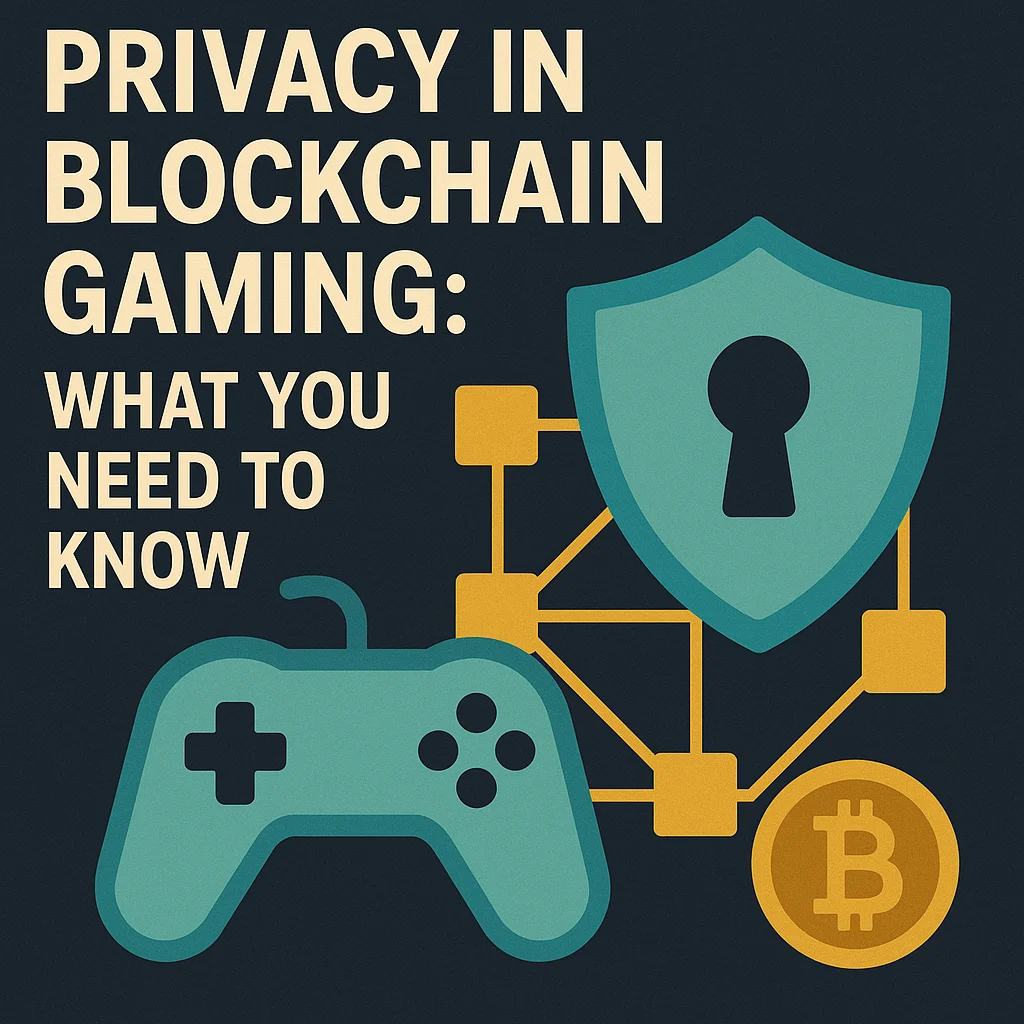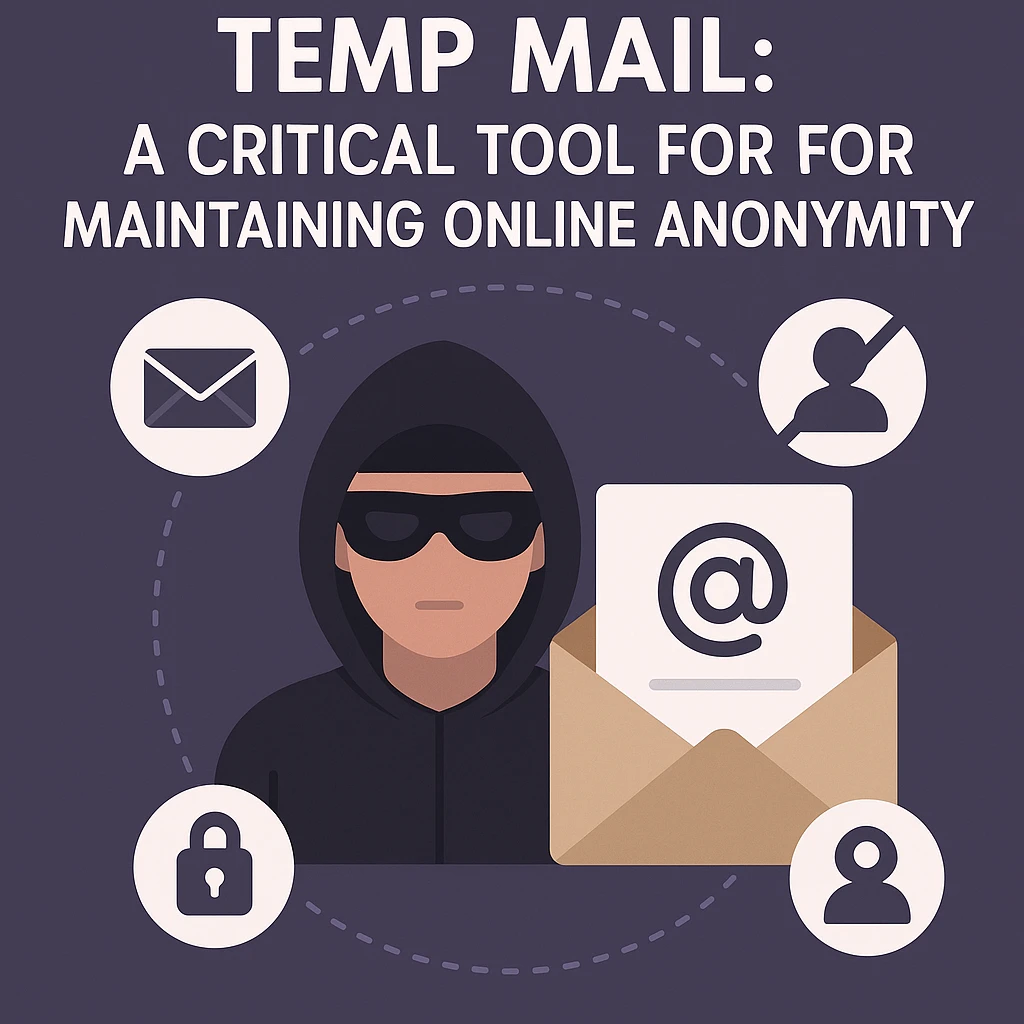A vital component of contemporary communication, email is necessary for business contact, personal relationships, and marketing campaigns. However, worries about security and privacy have long overshadowed its usefulness. The development of email privacy tells a gripping story of creativity, flexibility, and the continuous fight against new online dangers. The evolution of email privacy, from its beginnings as an unprotected communication tool to the advent of encryption and privacy-focused technologies, reflects the increasing complexity of our online environment.
This blog will examine how email privacy has changed over the years, the obstacles it has encountered, the laws and technologies that have influenced it, and the prospects for private and secure email communication in the future.
The Beginnings of Email: Vulnerabilities in Simplicity
Using ARPANET, email was first developed in the 1970s as a tool for scholars and researchers. Its initial solutions, like READMAIL and SNDMSG, were simple and prioritized use over security. Users interacted in a mutually trusting setting during this time, which reduced the perceived need for privacy features.
But when email's use spread beyond its scholarly beginnings, its inherent flaws became abundantly clear. Because emails were sent in plain text, they may be intercepted while being transported. If there was password protection, it was weak and simple to get around.
Key Early Vulnerabilities
-
Plain Text Transmission: Anyone keeping an eye on the communication cables might intercept and read emails sent without encryption.
-
No Authentication Mechanisms: Email spoofing was made possible by this absence of sender verification, which also set the stage for contemporary spam and phishing attempts.
-
Minimal User Awareness: Since email was still a specialized tool, most users were not aware of the possible threats.
This phase demonstrated that while email was revolutionary, its lack of built-in security made it vulnerable, necessitating future advancements.
The Introduction of Encryption: Enhancing Security
The need to resolve privacy issues became more pressing in the 1980s and 1990s as email usage increased. Email exchanges are now far more secure thanks to technological developments that pushed encryption into the public eye.
Pioneering Encryption Technologies
-
Pretty Good Privacy (PGP): PGP, which Phil Zimmermann first introduced in 1991, enabled users to encrypt communications using public-key encryption. Although revolutionary, it was too complex for the typical user.
-
SSL/TLS Protocols: For encrypting emails while they are being transmitted, Secure Sockets Layer (SSL) and its successor, Transport Layer Security (TLS), have become essential standards. These methods prevented the interception of data while it was in transit.
-
S/MIME (Secure/Multipurpose Internet Mail Extensions): By lowering the possibility of manipulation, this technology gave government organizations and corporations the means to guarantee email encryption and authenticity.
An important development in email privacy was encryption, which made it possible for users to transmit private data more safely. However, the complexity of early encryption techniques prevented their widespread use until additional technological advancements.
Spam and Phishing: Threats to Privacy
When email became widely used in the 1990s, bad actors began to take advantage of its flaws. Attacks using spam and phishing have increased, aiming to infect unwary users with malware or steal confidential data. These dangers presented significant privacy problems in addition to causing users' annoyance.
Combating Spam and Phishing
-
Spam Filters: In order to weed out unsolicited messages, email providers such as Hotmail and Gmail created algorithms that use user feedback and heuristics to detect spam.
-
Sender Verification Protocols: To authenticate email senders and lower the number of spoofing occurrences, the SPF, DKIM, and DMARC protocols were implemented.
-
User Education: Campaigns for public awareness focused on identifying phishing efforts, such as emails that contain dubious links or require immediate action.
Although these actions greatly decreased instances of spam and phishing, they also brought attention to how email privacy issues are always changing.
The Rise of Privacy Legislation
Governments began addressing email privacy through regulatory frameworks, reflecting the growing awareness of digital privacy rights. These laws established standards for data protection and email marketing practices.
Landmark Email Privacy Laws
-
Electronic Communications Privacy Act (ECPA): This law, which was passed in the US in 1986, addressed the privacy of electronic communications, including email, by controlling private access and government monitoring.
-
CAN-SPAM Act: In order to combat spam, this 2003 law in the United States mandated that marketing emails have accurate sender identification and unambiguous opt-out procedures.
-
General Data Protection Regulation (GDPR): GDPR, which was implemented in the EU in 2018, placed strict restrictions on the gathering and use of email data, with a focus on user consent and openness.
-
California Consumer Privacy Act (CCPA): The CCPA, which went into effect in 2020, gave Californians more control over their personal information, particularly that pertaining to their emails.
These laws enforced accountability among businesses and email providers, helping to establish a baseline for privacy expectations in digital communication.
Modern Challenges in Email Privacy
Despite improvements, there are still risks to email privacy in the current digital environment. Strong protections are essential since cybercriminals and unethical behavior continue to take advantage of weaknesses.
1. Mass Surveillance
Edward Snowden's 2013 disclosures brought to light government monitoring initiatives that target email content and metadata. Increased user awareness and a desire for end-to-end encryption were the results of these revelations.
2. Data Breaches
The dangers of insufficient email security were highlighted by significant data breaches, such the Yahoo incident in 2013 that exposed billions of user accounts.
3. Third-Party Data Sharing
A lot of free email providers make money by giving advertising access to user data, which raises moral questions regarding privacy and permission.
These challenges demand ongoing innovation and stricter enforcement of privacy standards to protect users.
Privacy-Enhancing Innovations
Technological advancements continue to shape the future of email privacy, offering solutions that empower users and deter malicious actors.
Key Innovations
-
End-to-End Encryption: End-to-end encryption, which is offered by services like ProtonMail and Tutanota, guarantees that only the sender and receiver may access email content.
-
Temporary Email Services: By providing ephemeral email accounts, platforms like 10minutesmails shield consumers from identity theft and spam.
-
AI-Powered Threat Detection: By using artificial intelligence to identify suspicious activities and phishing efforts, privacy breaches are greatly decreased.
-
Blockchain-Based Systems: Email platforms are investigating blockchain technology, which provides decentralized, impenetrable routes of communication.
These advancements empower users to maintain their privacy while navigating the digital world.
Conclusion
The complexity of protecting digital communication is demonstrated by the evolution of email privacy. Email has advanced significantly from its initial flaws to contemporary encryption technologies and privacy-focused solutions. But there is still a long way to go. Maintaining confidence in email as a dependable communication channel requires constant innovation and attention to detail due to new threats and changing user needs.




